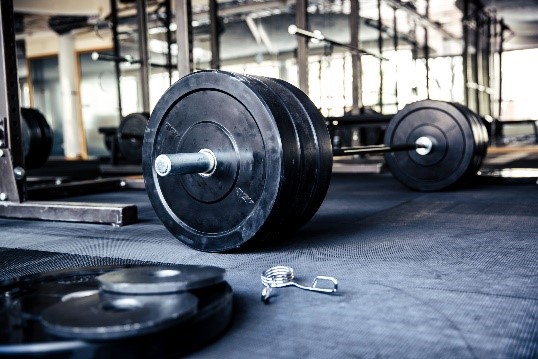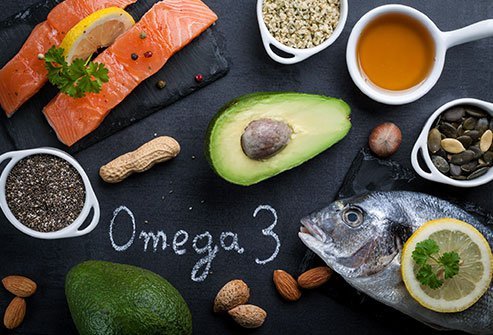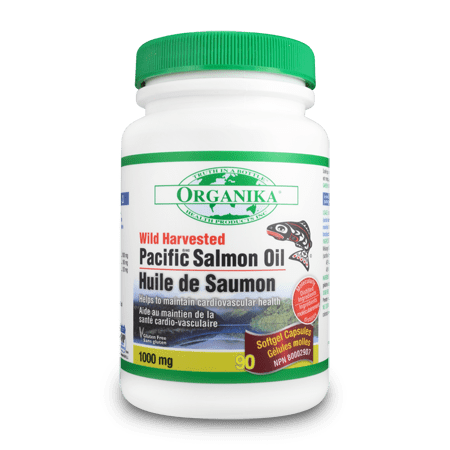Why is it that whenever I’m in a gym I see people benching the same weight at each workout? It usually goes like this...
A person performs a few reps at 185 pounds then at 205, and maybe 225 and then they get stuck. At this point the individual moves to another exercise, most likely the incline bench, and does the same kind of thing. You would think that after a year the weight they can bench would be through the roof, but unfortunately they haven’t seen continued improvement because most people don’t know how to maximize their strength training capacity. They don’t know how to initiate progression. The potential for increasing muscle size just isn’t being met.
Though we, at SPORTS SPECIFIC TRAINING, have different bench routines for each of our athletes, the one I want to outline here is a favorite because it helps the athlete gain not only strength, but also size.
So, how do you get a bigger Bench press?
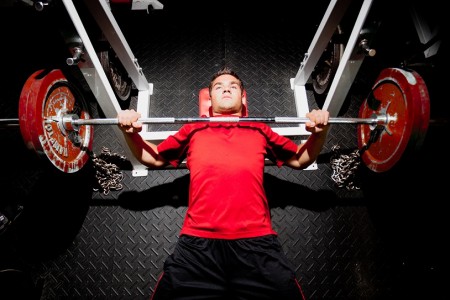
Basically the workout consists of 6 sets of 6 reps but with drop sets. Of course, after finishing this workout, many of our athletes feel like their body has been to hell and back!
Here’s how the program works from a physiological standpoint. An important factor to consider when working to increase strength and muscle size is to maximize motor unit activation. To better understand this, think of your body as containing a pool of motor units. By performing the 666 bench workout, which consists of lifting at, or near, maximum capacity, you would activate almost all of those motor units. The type of motor units we are aiming to recruit are the “fast twitch” or the type IIb muscle fibers. Fast twitch fibers are associated with high threshold motor units and are evidenced by power, speed and explosiveness. SPORTS SPECIFIC TRAINING encourages their athletes to recruit the fast twitch fibers because this optimizes the most potential for building both strength and size. And who doesn’t want to have a bigger bench press?
The 666 workout is also an effective tool when used to build up the legs, but for now let’s look at increasing bench performance.
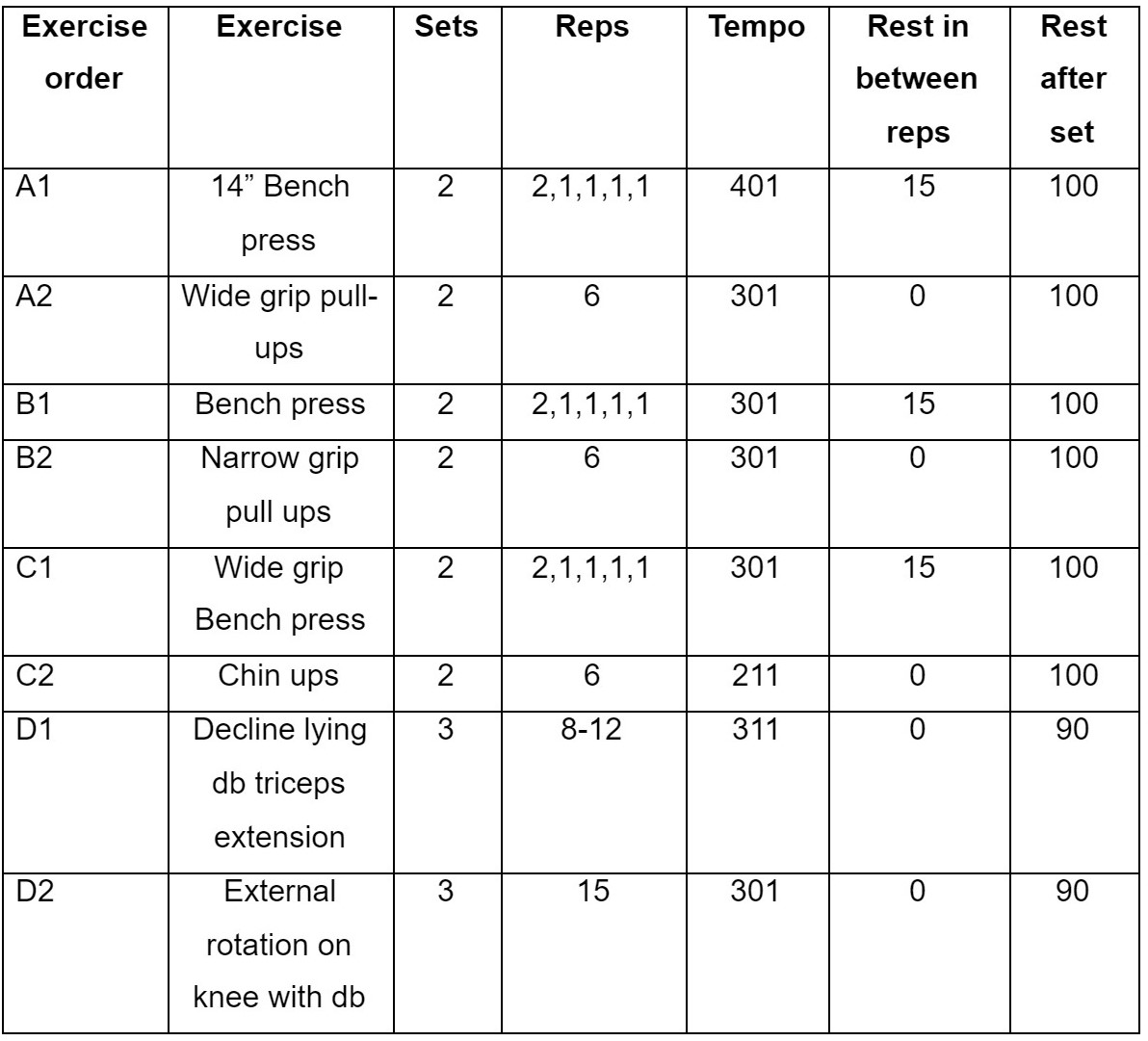
About Tempo: Tempo refers to speed of movement. The first number represents the speed, in seconds, when lowering the weight or letting it down with gravity. The second number refers to the pause between lowering and raising. The third number refers to the speed of raising the weight.
For an example, look at the chin-up tempo. The tempo is 211; therefore the athlete would lift himself up over the bar in one second, pause for one second and then lower himself for 2 seconds.
For the most efficient workout SPORTS SPECIFIC TRAINING pairs exercises together. For instance, you would do A1 immediately followed by A2 as the first pairing, and then repeat until all sets have been completed. At this point move on to B1 and B2 and follow the same pattern.
Here are a few tips to get a bigger bench press:
Three different grips are used for bench work: Differing the grip and varying the load, increases muscle tension and motor unit activation. By varying the grip you maximize muscle recruitment thus increasing the potential to build muscle mass.
How the rep scheme is broken down: SPORTS SPECIFIC TRAINING recommends starting with a weight that is near your maximum ability for one rep. Lift this weight for 2 reps. Wait 15 seconds then use a weight that is 5 to 10% less and perform a single rep at maximum tension. Repeat with this weight until you have completed 6 reps in total.
Alternate bench work with chin-ups/pull-ups: Research has shown that by working opposite muscle groups overall strength is improved in the most beneficial manner. Perform all 6 reps of chins and pull-ups at the same time with no rest in between reps. When you are able to perform all 6 reps with ease add more weight.
It is important to rest between sets: There is a 15 second rest between reps when doing bench lifts which allows the body to recover and to recruit maximum motor units for every lift. By lifting in this manner, the athlete is able to tap into the higher threshold motor units. By using the maximum tension in every lift, you can expect to make tremendous gains in strength and start to build up size.
This Bench press workout is demanding but the results are well worth the effort. Perform your workout once every 4 - 5 days for a month and let me know what you think.
Larry Jusdanis is the owner of Sports Specific Training Inc. and has trained thousands of athletes from a variety of sports ranging from your Weekend Warrior to the Professional.
If you would like more information about SPORTS SPECIFIC TRAINING please visit our website at www.Sst.training

